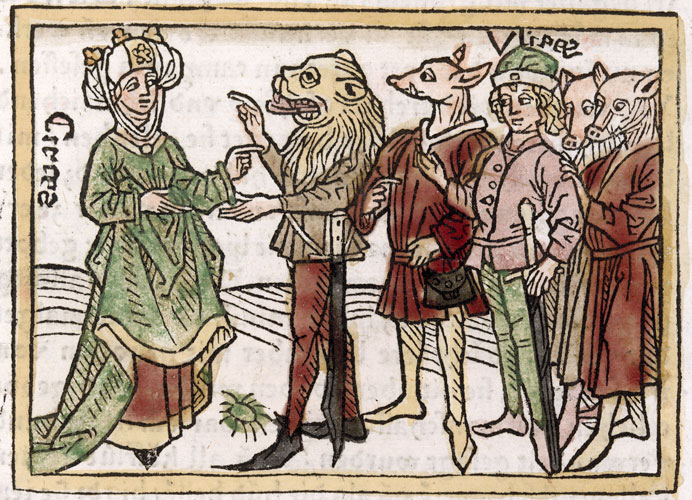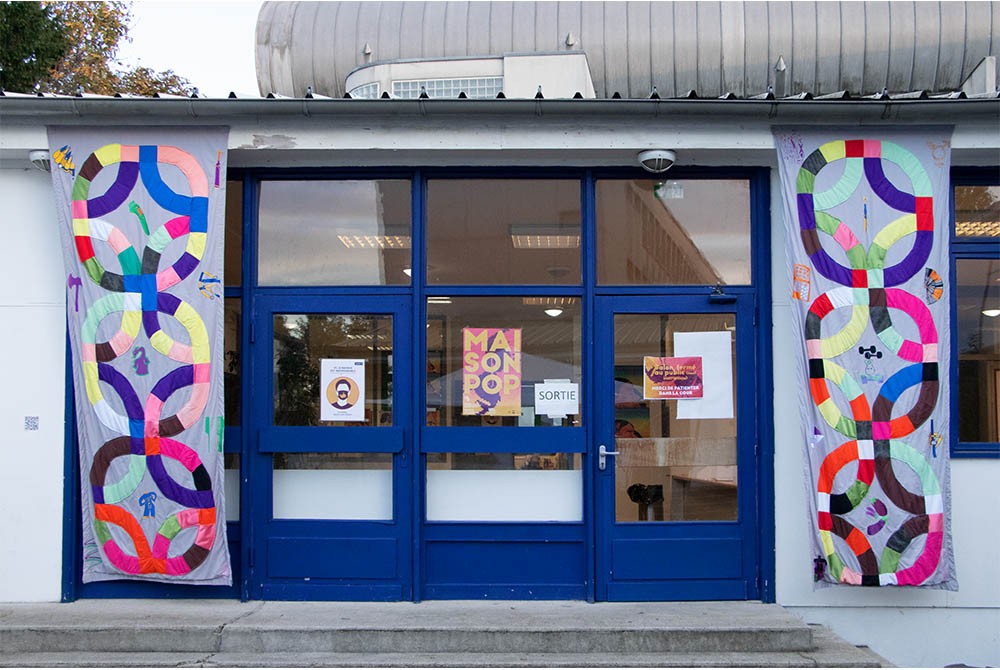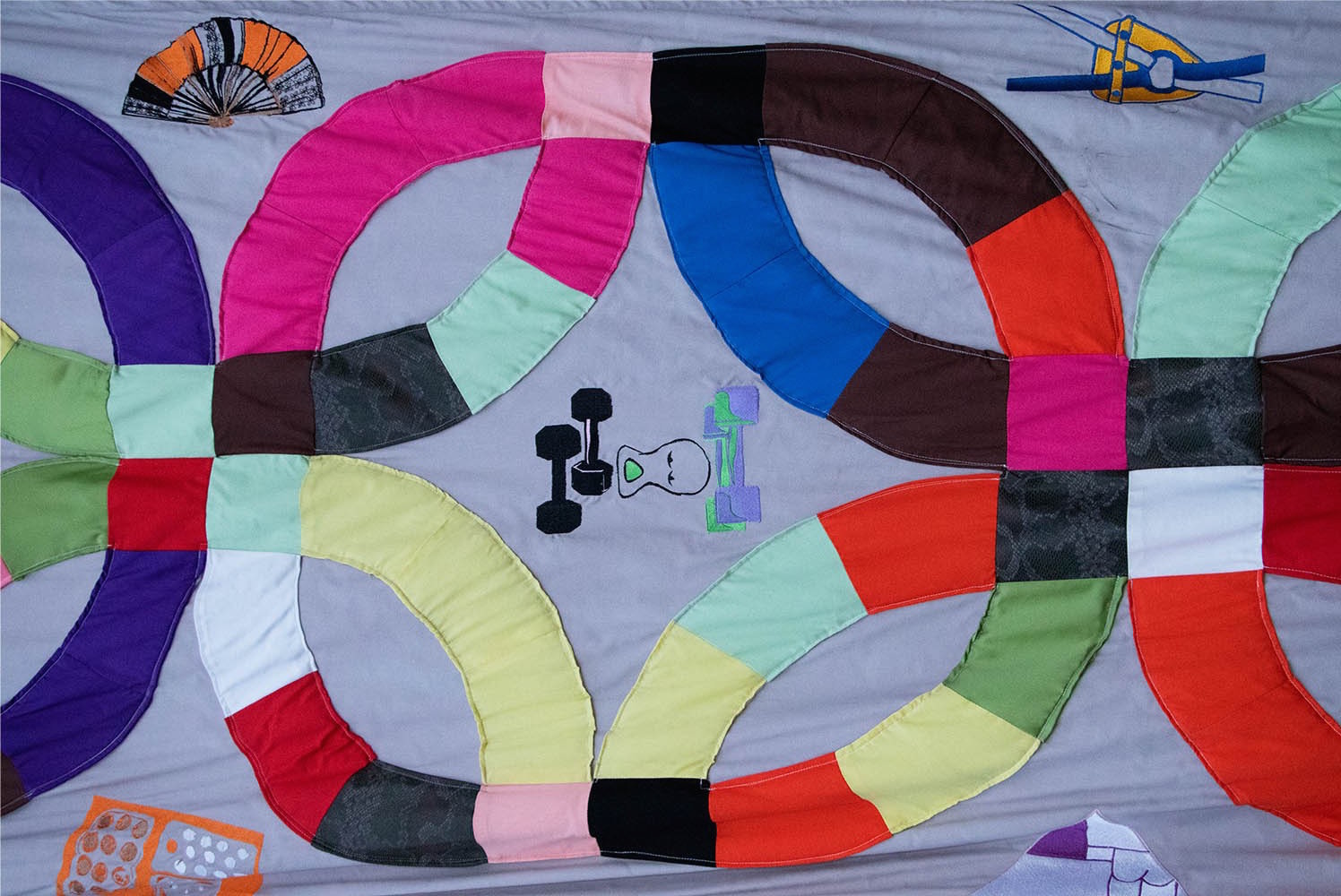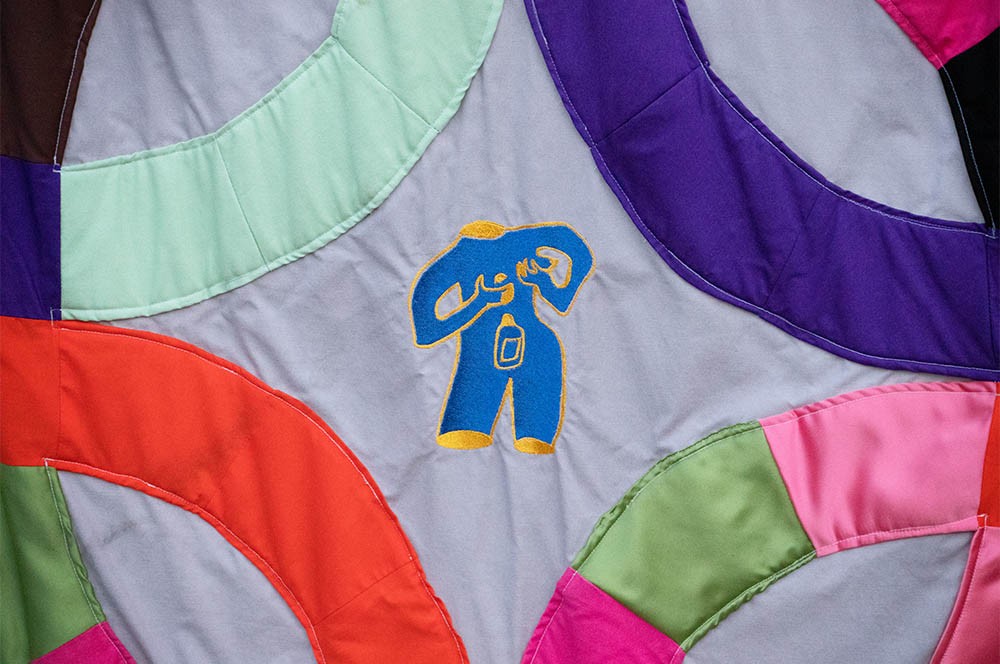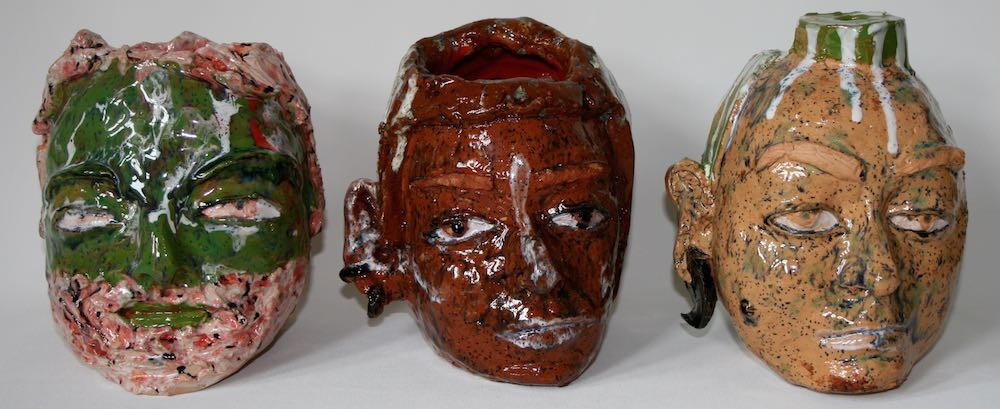A More Communal, Transcendental Emotion
At the time of writing footage is circulating widely across the internet of the shooting of a white stag by police in an industrial estate on the outskirts of Liverpool. The shooting occurred days ago, after motorists reported the animal wandering on the verges of a motorway. This is one of many occurrences in recent months that seem loaded with ominous symbolism. I’ve always been somewhat prone to apophenia, but this tendency has been heightened by plague-induced anxiety. Now I see hidden messages everywhere; clues that might offer information pertaining to our collective fate. In Celtic mythology the appearance of a white stag indicates the thinning of boundaries between our world and the spirit realm. Apprehending such a creature was believed to presage a particularly momentous event or period of great change.
I thought of Eothen Stearn when reading the reports of this shooting. I imagined she would find the symbolism of the event as poignant and compelling as I do – for she is drawn to the allegorical and archetypal. Stearn uses elements from folklore and mythology as a source in her work; episodes and entities are selected and repurposed so that they resonate with the specifics of our present moment. This is exemplified by her recent audio piece Sentient (2020) a radio sound work commissioned by Radiophrenia, Glasgow. In this audio piece a narrative unfolds; a twenty-first-century jogger encounters ancient entities on her daily exercise outing to the local burial mound. Using music and sound, Stearn’s monologue merges ancient evocations with the now time. The piece evokes a particularly memorable scene from Virginia Woolf’s Mrs Dalloway (1925) in which she describes an old woman singing “an ancient song” opposite Regent’s Park tube station. The narrator muses that no matter what happens in the world, this old woman will still be there in “ten million years,” because her song has soaked “through the knotted roots of infinite ages”.
In recent months Stearn has been developing new work around Boccaccio’s De Claris Mulieribus (Concerning Famous Women) dating from 1361-2. Boccaccio’s book is essentially a compilation of biographies of historically important women presented alongside women from mythology such as Eve and Juno. The book is an apposite source for Stearn, not least since its form resonates with her own approach; weaving together seemingly disparate content with woodcuts. Boccaccio’s medievalism resonates with the contemporary moment, in which a resurgence of various social phenomena echo those of the Middle Ages.
Stearn and I first met in 2016 at an event entitled Ectoplasm that I organised at 1646, a project space in Den Haag. Conceived as a rumination on the phantasmagoric fluid once thought to bridge material and immaterial worlds, Ectoplasm involved live performances and sculptural interventions, which were activated over the course of the evening. One of the subjects explored was how historically, ectoplasmic phenomena were produced as part of theatrical and performative occurrences. This was an auspicious situation for Stearn and I to converge, for we have both remained interested in many of the ideas touched upon that night and continue to draw upon them in various ways. An idea or strategy of particular importance to us both is that of channelling, of surrendered authorship so that the body becomes a vessel; of inviting in what ostensibly appear to be external authors or actors. In recent years Stearn has been adopting tropes from spiritualism such as the séance, and using it as a framing device that permits her to collate together content of different registers for public events. This format also creates a sense of unity from diverse contributors and to some extent removes hierarchies and distinctions from whatever they are contributing to these semi-improvised happenings.
In a performative lecture entitled Sheela Na Gig that took part at the Proefpark de Punt in Rotterdam in 2017, Stearn used images and music to weave together subjects including local mythology, the supernatural, “the body as a prism for new modes of thinking”, Denis Diderot, Jean Genet, vagina loquens folklore and experimental 1970s porn. More recent events such as the “séance” at CCA Glasgow, have been influenced by the legacy of Hildegard von Bingen and again reveal Stearn’s interest in the polyphonous potential of the group.
A persistent aspect of Stearn’s work is the creation of moments of intimacy on the edges of the artworld. Stearn recuperates an attitude of improvisatory creativity where atomised individualism is dissolved via activities or atmospheres that bring about temporary collectivity. For over a decade Stearn has been initiating events and workshops in which she assumes the role of guide or team leader. An early instance of this was Sunset Sheerness from 2007 in which she “recruited” 15 strangers via now defunct social network sites and brought them on a trip to watch the sunset at Dungeness in Kent. Documentation of the event shows a motley crew bathed in twilight, connected by a shared experience of something at once both quotidian and profound.
When Stearn and I met online last spring a subject to which our conversation repeatedly returned was the impact that confinement and the reduction of physical social encounters was having upon us. Attempts to generate some sense of togetherness via online conduits had ceased to work and online substitutes had begun to make the feelings of isolation worse. Stearn’s interest in sociability and collectivity is one of the factors that has led her interest to shift toward making music recently – collaborating with bands Difficult, 2PLY and Nightshift, the latter of whose debut album Zoë was released in December of 2020. A factor motivating Stearn’s movement into making live recordings for dissemination is the desire to have experiences with fellow artists and audiences that are less restricted by the structures that have emerged around visual art, underscoring the veracity of the assertion Dan Graham makes in his 1984 video essay, Rock My Religion that “Music expresses a more communal transcendental emotion which art now denies.”
A key element of Stearn’s output is the production of potentially functional art objects which look as though they are made for use in the domestic sphere. For several years she has produced ceramic Janus heads, which bear more than a passing resemblance to the artist herself. The form of these evokes that of Bellarmine jugs or “witch bottles” that were once widely used for protective, talismanic purposes. Stearn’s notes on these objects is instructive, providing an insight into her sense of affinity with Janus, the bearded or beardless god of gateways, time, thresholds and endings.
I chose to invoke the spirit of doorways, beginnings and transitions, at times abstract, concrete, sacred and profane. I fashioned Janus, sculpted my own double-faced vessels that could talk about theatre, masks, drag and sci-fi. I queered Janus, doused him in my glazes and fantasies, giving an alchemical make up. All varying in their colour and style, with drippy, hi-gloss glaze, crying, gushing watery tears, hollowed out, some containing candles, others containing plants. These ventriloquist vessels are adjacent bodies, relations, relatives, lovers or strangers within proximity.
Stearn is interested in pointing to the hierarchies between different artforms but also embracing disciplines associated with craft. This is exemplified in another ongoing series of alluring textile works that she has been producing over the past few years that are a hybrid of tapestry and quilt. These objects are deeply coded, carrying connotations of comfort, warmth and safety but also community, resistance and protest. An earlier tapestry from the series (entitled Preciado Picnic) features an interlocking circle motif adapted from a traditional wedding band quilting pattern, aiming to add another layer to the structure in which contents rest. This work is embellished with a selection of elements: embroideries of X chromosomes, sperm, a lesbian labrys (a double-bladed battleaxe), trans symbolism, symbols representing sex stains, DNA, food (an aubergine), toothbrushes, a tea bag, marijuana. A more recent tapestry entitled Glyph Picnic, was hung like a heraldic banner or a welcoming flag at an exhibition in France last year at La Maison Populaire, entitled NO NO DESIRE DESIRE, La clinique du queer. This project sought to address some of the implications of spaces accessed by communities of people identifying as queer being closed during the first waves of the pandemic.
During our conversations late last spring Stearn sent me an image of one of these tapestries hanging in her back garden in Glasgow. The image evoked another I’ve been looking at of late, a photograph of artist Madge Gill (1882-1961) in her back garden, taken in the 1940s. In the 1920s Gill began communicating with her spirit guide Myrninerest. Contact with the entity continued without interruption throughout the rest of her life and resulted in the generation of a variety of countless drawings, writings, knitting, crochet-work and piano-playing. Stearn may not be a spirit medium, but she does seek to channel the impetus of her antecedents, tapping into the essence of their creative energies. And like the work of Gill, her work takes any number of forms that merge with other areas of life. Moreover, Stearn is one of a legion of artists working today who – out of necessity – has devised idiosyncratic vocabularies and methodologies that borrow much from mystical traditions. Stearn’s art is concerned with consciousness-raising but also with carving out and defending those moments and sites where communality and tenderness can flourish. The apparatus used by Stearn often appears jerry-built and improvisational and yet it is reinforced by a silent, elegant strength. In a world where techno-rational objectivity dominates such moments and sites feel more important than ever.

































































































































































































































